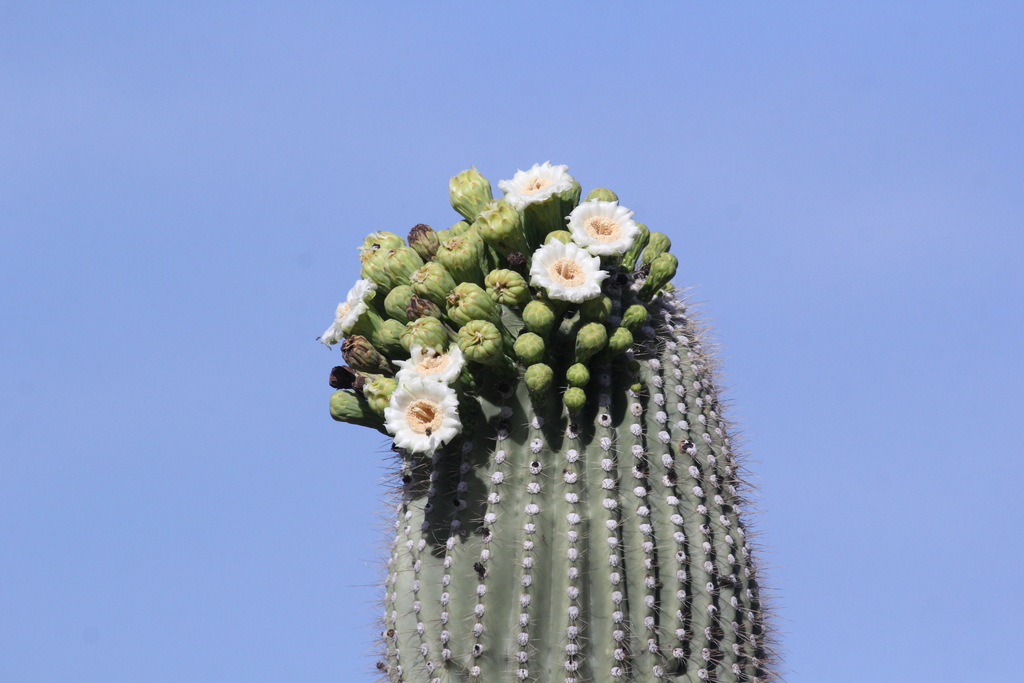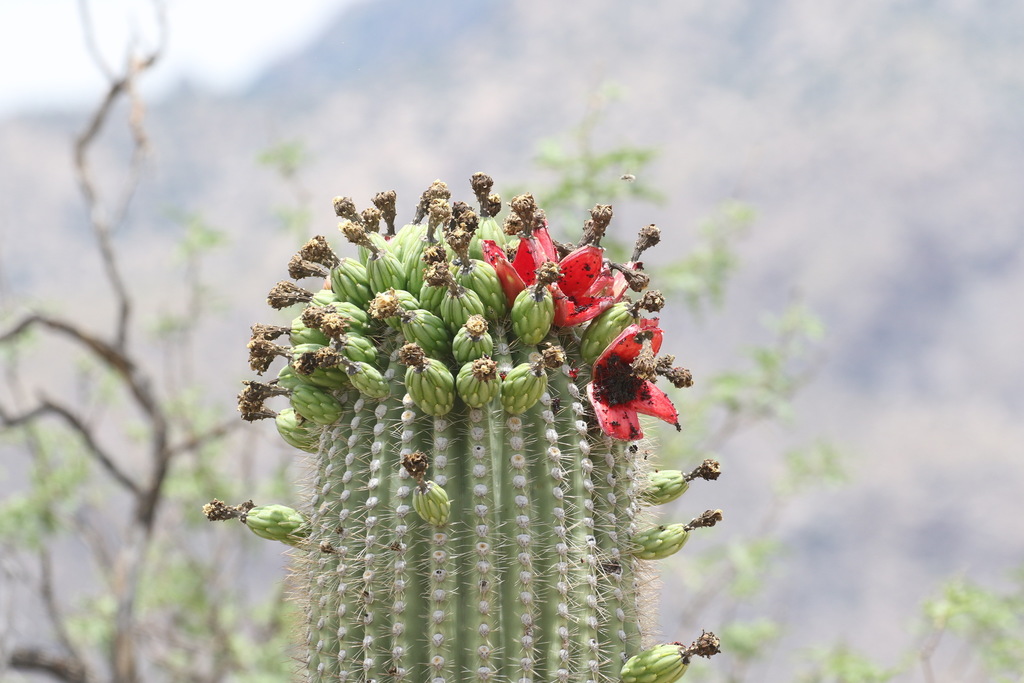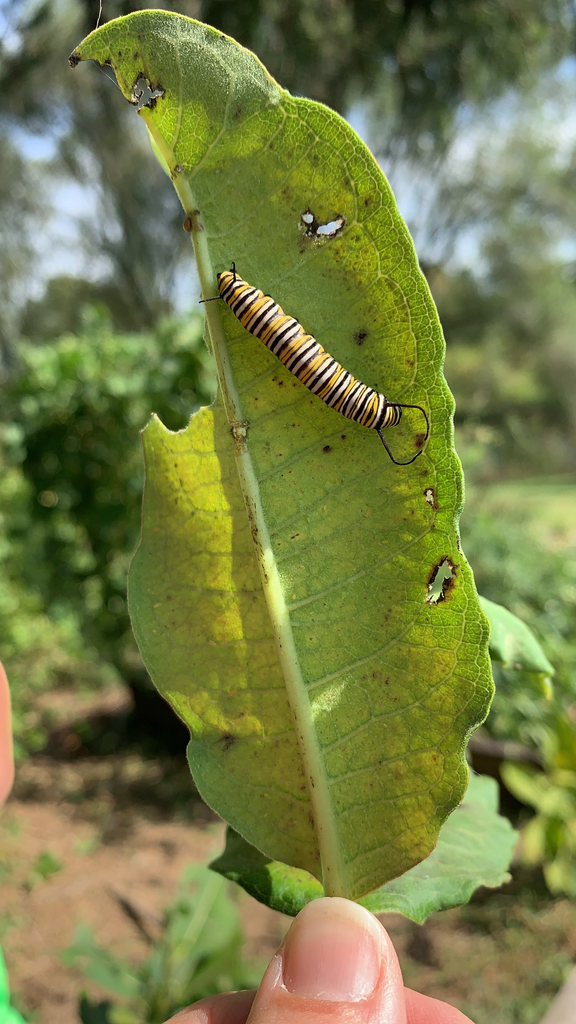Last week Madison taught us about pollination. Besides insects, one important mammal can also assist in plant pollination: BATS! Today we will learn about bat pollination and what plants you can grow around your home to attract pollinators.
BATS AS POLLINATORS
In tropical and desert biomes, bats play an important role in pollinating flowers on fruit trees and cacti.
As bats travel from flower to flower to drink nectar, they also collect pollen on their fur. This pollen is cross pollinated to another flower when the bat goes to find more tasty nectar elsewhere.
Some of these plants have even evolved special ways to attract bats – such as opening their blooms at night or having larger flowers to accommodate the bat’s size.
Currently, no nectarivorous bats (bats that drink nectar for food) live in Ohio (Source).
KEY PLANTS THAT ATTRACT OHIO POLLINATORS
As Madison explained last blog post, we know that pollinator species are extremely important to the survival of Ohio plants – they help plants and food crops (the plants we eat) cross pollinate to produce fruits and seeds.
Do you want to know which plants to choose to attract more pollinators to your greenspace?
Think like a pollinator!
It is important to choose plants that are native to Ohio. These local plants will be more easily recognized by our local pollinators – giving the plants a better chance of being visited for cross pollination.
What plants did you notice pollinators already visiting in your greenspace? What color are the flowers? Are the pollinators visiting plants of a certain height?
It’s also a good idea to have a diverse population of plants for the pollinators to choose from – different plants will bloom at different times of the year
, giving your pollinators a chance to collect nectar and pollen during all growing seasons!We will take a look at a few local plant species for pollinators below!
Goldenrod

Goldenrod blooms during late summer and fall. It is characterized by its bright yellow flower clusters. Goldenrod pollen is not airborne (unlike ragweed), and must be visited by insect pollinators to move its pollen from plant to plant.
Common Milkweed
Milkweed blooms from late spring through late summer. It can be pollinated by many different insect species. Most importantly
, Milkweed is the preferred host for Monarch butterfly larvae to complete development. The more Milkweed plants, the better chance Monarch butterfly eggs and larvae have of surviving!Asters
Another late seasonal blooming plant, Asters are great additions to gardens. Pollen is openly exposed on the flower head and a long tongue is not needed to reach the nectar on the flower. This makes both nectar and pollen collection easy for pollinating insects small and large.
Phlox
Phlox has beautiful star shaped flowers. It attracts bees, butterflies, and even hummingbirds! This plant can bloom for weeks at a time, so multiple insects can visit it for pollination.

Many plants have several species (the Phlox genus has 67 different species!), so it is important to research which species are local to the Ohio area before introducing them for pollinators. You can use the explore feature on iNaturalist to determine which species are native.
Want to check out more local plants to place in your greenspace to attract pollinators?
Enter your zip code at this link to find a detailed plant pollinator guide for species in your area!



